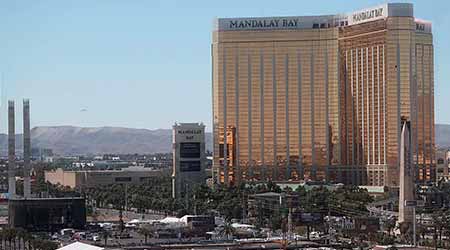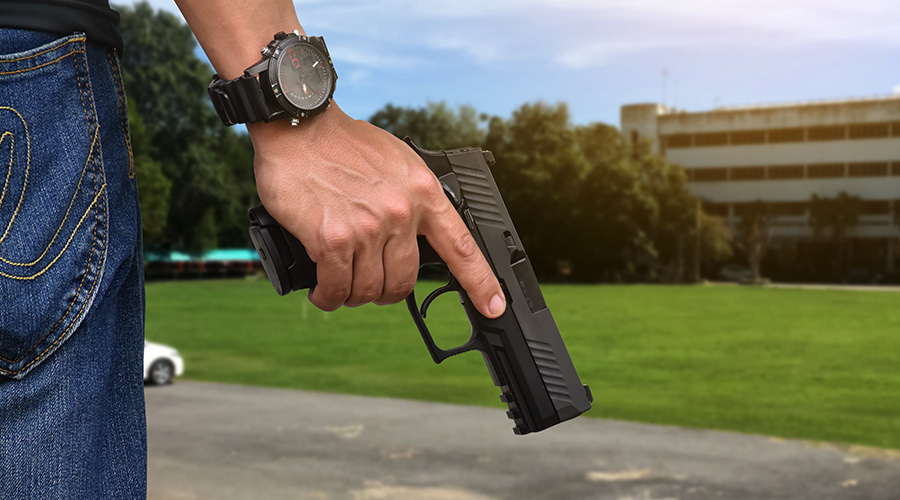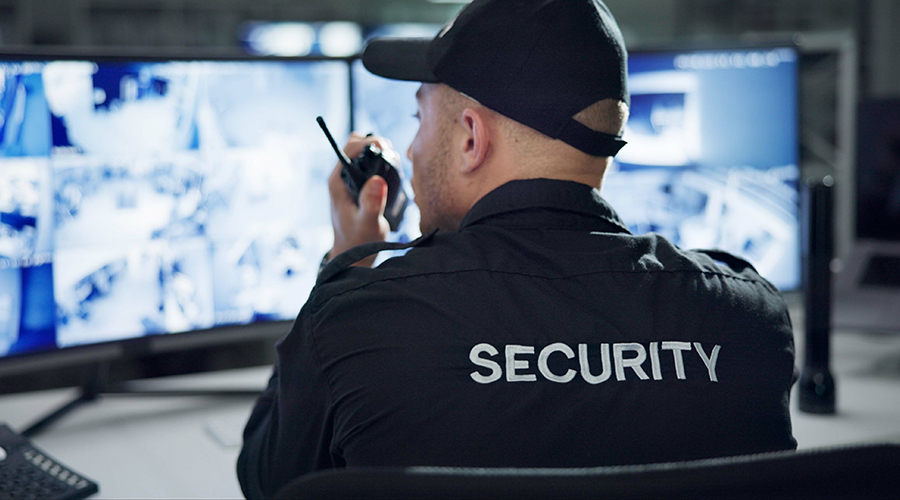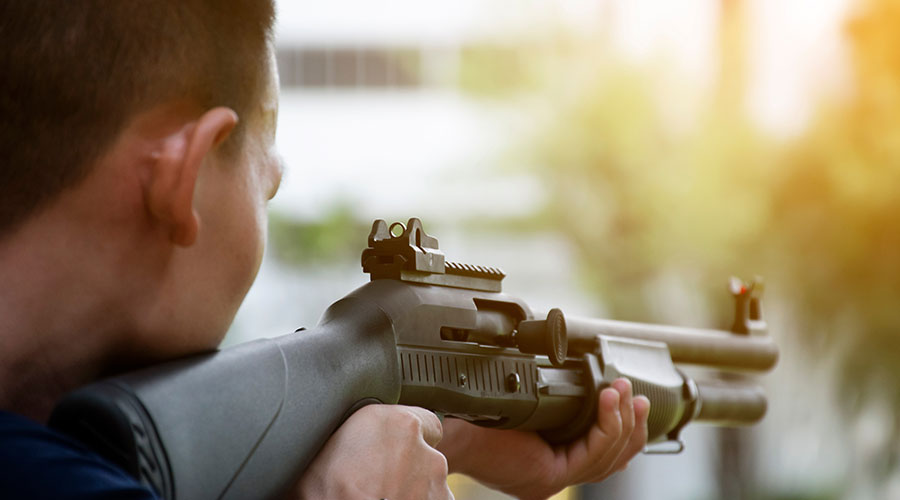Legal Considerations in Mandalay Bay Attack
Did Mandalay Bay or the Route 91 Music Festival owe the plaintiffs a "reasonable duty of care"? Was the incident foreseeable? The courts will decide.
In November, hundreds of victims filed lawsuits against the Mandalay Bay, Live Nation Entertainment (organizers of the Route 91 Music Festival), and the attacker’s estate. One determining factor in the lawsuits will be if the defendants owed the plaintiffs a reasonable duty of care. Another factor will be if the incident was reasonably foreseeable.
The courts will determine whether the Mandalay Bay should have foreseen the attack in which a guest would smash out windows in his room to shoot at concertgoers almost 500 yards across the street at a venue not owned by the hotel. There are a few points in the Mandalay Bay’s favor: They responded to an alarm on the 32nd floor, which may have been set off by the gunman. Security Officer Campos investigated suspicious noises coming from the gunman’s room, which likely initiated the attack early (and thus reduced its effectiveness), and Mandalay employees alerted first responders of the incident in a timely manner. Despite being shot, Campos stayed on the 32nd floor and provided evacuation instructions to guests staying on the floor.
Live National Entertainment may have a more difficult time in court. According to reports, a security fence was installed to control access to the event, and there was only one egress point. There is also evidence that it was reasonably foreseeable that an individual would be interested in attacking the concertgoers with weapons or improvised explosive devices. Similar attacks at concerts have occurred in the recent past, and a report by the Federal Bureau of Investigation and Department of Homeland Security entitled “Joint Special Event Threat Assessment” in December 2016 warned of such attacks.
The report states, “Unaffiliated lone offenders and homegrown violent extremists are of particular concern due to their ability to remain undetected until operational; their willingness to attack civilian and soft targets and their ability to inflict significant casualties with weapons that do not require specialized knowledge, access, or training; and their unpredictability, as witnessed in the Orlando, Florida, and San Bernardino, California, attacks.”
Unfortunately, 10 minutes of extreme violence has become part of our new reality. Whatever the motivation, there are people who are planning and willing to conduct attacks with the intent of killing and injuring as many people as possible. Weapons, ammunition, soft targets, and blueprints from previous attacks are readily available. Organizations have a duty to provide care, and it can be argued that deliberate attacks are reasonably foreseeable. Despite the extreme nature of this risk, practical and realistic actions can be taken to improve response to these horrific attacks.
Daniel O’Neill (doneill@adrm-llc.com) has 20 years of security consulting experience. He is the founder and CEO of Advanced Data Risk Management (ADRM) and the author of The Handbook for Campus Threat Assessment and Management Teams, and Security Design for Sustainable Buildings and Campuses.
Email comments and questions to
edward.sullivan@tradepress.com.
Related Topics:













